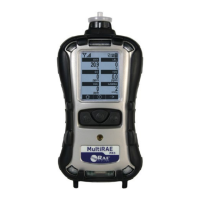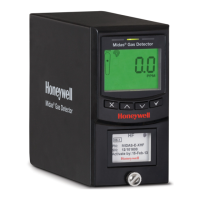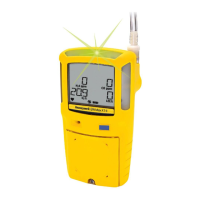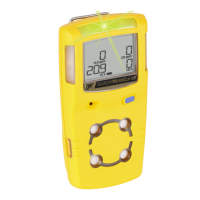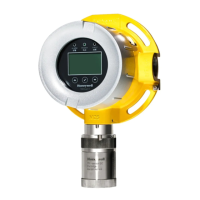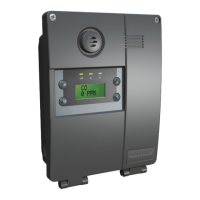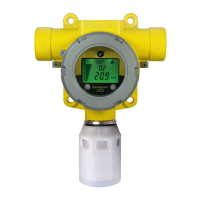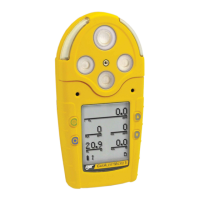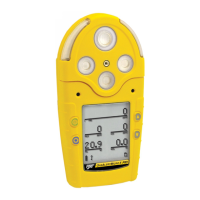Stall Low Threshold Setting - Static
In Diagnostic Mode, press the [MODE] key until the “Pump” screen is displayed. Shown are the
Stall High and Stall Low values. “Low” should be highlighted. Press [Y/+] to select the Stall Low
(low-speed) value.
l
The Idle (shown as a value for “I”) value should be 100 to 200. Record the value.
l
Block the inlet and record the value after it goes up.
l
The blocked value minus the idle (unblocked) value should be greater than 100 counts:
(Blocked value – Unblocked value) > 100
l
If it is greater than 100, then the pump is working correctly and tubing leading from the
inlet is not leaking.
l
To set the Stall Low value, first add the blocked and unblocked values and divide by 2:
(Blocked value + Unblocked value) / 2 = correct Stall Low value
l
Then, using the [Y/+] and [N/-] keys, set the Stall Low value to this number.
Verifying the Stall Low Setting - Static
Exit Diagnostic Mode. In Normal Mode, block the inlet. The pump should stall after a few
seconds, sending the instrument into alarm. This tells you that the pump’s Stall Low setting is
correct.
l
If the gas inlet is blocked but the pump does not shut down, or the pump shuts down too
easily with a slight blockage, the pump stall threshold value may be set too high or too
low.
l
If the pump does not stall and send the instrument into alarm, then there may be a leak
in the gas inlet or the pump is weak or defective and should be replaced.
Important! When you are done setting thresholds, exit Diagnostic Mode and test the instrument
before actual use.
Honeywell MultiRAE Series™ 164 User Manual
